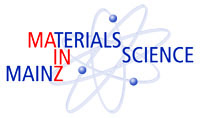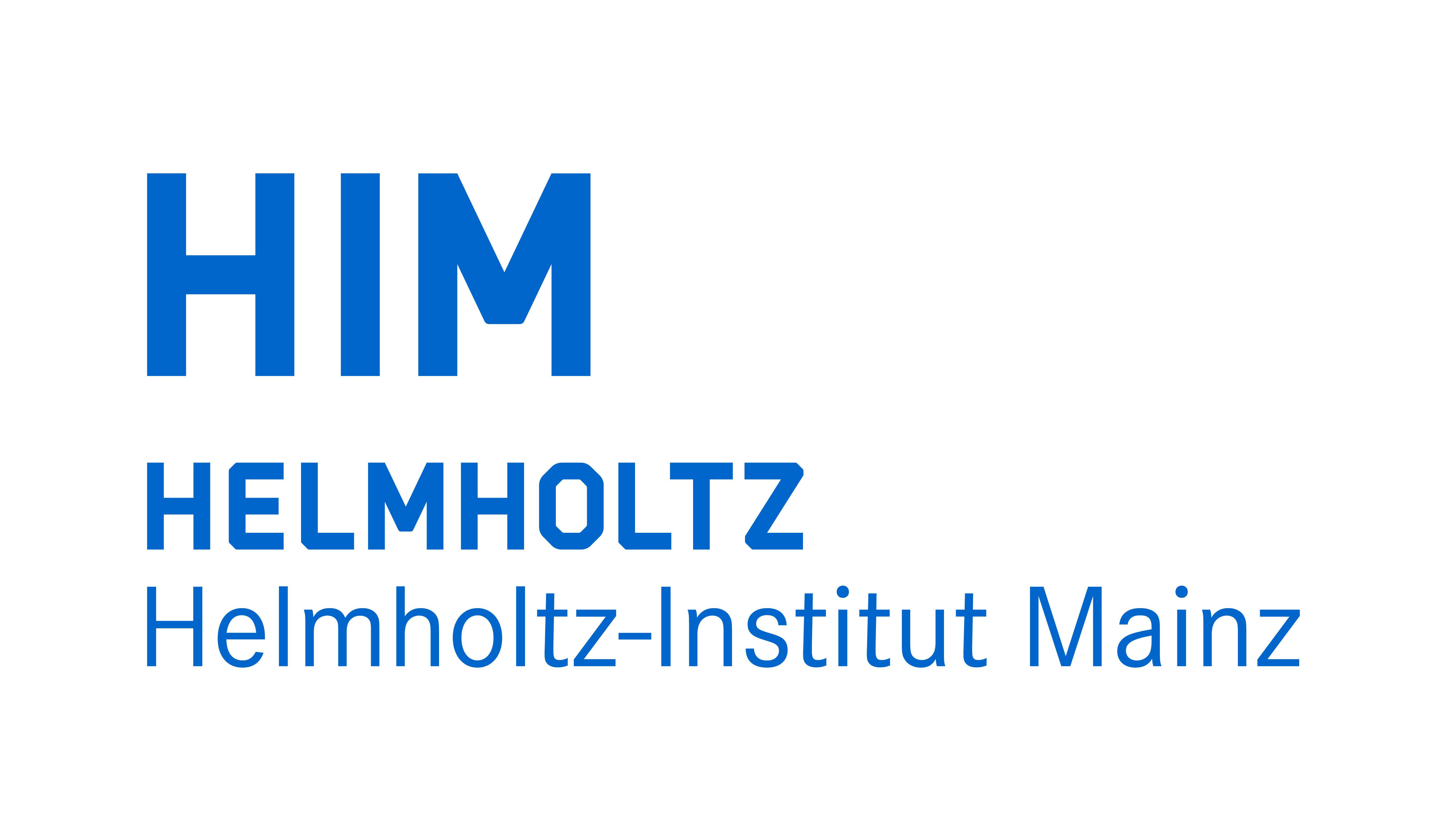


Physikalisches Kolloquium
Nov. 26, 2013 at
5 p.m. c.t.
in
Hörsaal des Instituts für Kernphysik, Becherweg 45
Prof. Dr. Alfons Weber
Institut für Physik
a.weber@uni-mainz.de
Prof. Dr. Hartmut Wittig
Institut für Kernphysik
hartmut.wittig@uni-mainz.de
Note: Mit Unterstützung der Exzellenz-Projekte MAINZ und PRISMA
Strongly Interacting Electrons: From Kondo Effect to Quantum Criticality
Prof. Dr. Hilbert von Löhneysen (Karlsruher Institut für Technologie (KIT), Physikalisches Institut und Institut für Festkörperphysik, Karlsruhe)
About 50 years ago, Jun Kondo explained a phenomenon in solid-state physics that at that time had been around already for three decades and had defied an explanation: the minimum of the electrical resistance in metals containing dilute magnetic impurities. His calculation showed that the minimum arises from a temperature dependent interaction of conduction electrons with these impurities, leading to an increase of the electron scattering rate towars low temperature. Today, the term Kondo effect entails many phenomena associated with this interaction. Around each impurity, a "local" Fermi liquid is formed.
Starting in the 70’s, intermetallic compounds with a stoichiometric content of rare-earth “impurities” were identified that exhibit features of the Kondo effect in the dilute case. The lattice-coherent superposition of these “Kondo impurities” leads to a Fermi liquid with electronic quasiparticles of very large effective masses (up to several hundreds of the free-electron mass). These heavy-fermion systems can exhibit most unusual properties such as superconductivity arising from the heavy quasiparticles, or unusual types of magnetic order.
Subsequently, it was found that the transition between a magnetic and nonmagnetic ground state can be easily achieved by a non-thermal parameter such as pressure magnetic field, or composition. These phase transitions, if of second order, reveal unusual critical properties nickmaned “non-Fermi-liquid behavior” due to the fact that the quantum energy of fluctuations becomes a relevant energy scale as the temperature is lowered toward absolute zero. Several different types of quantum phase transitions have been identified, as will be discussed in this talk. Examples of these quantum phase transitions will be introduced and different routes to quantum criticality will be discussed.